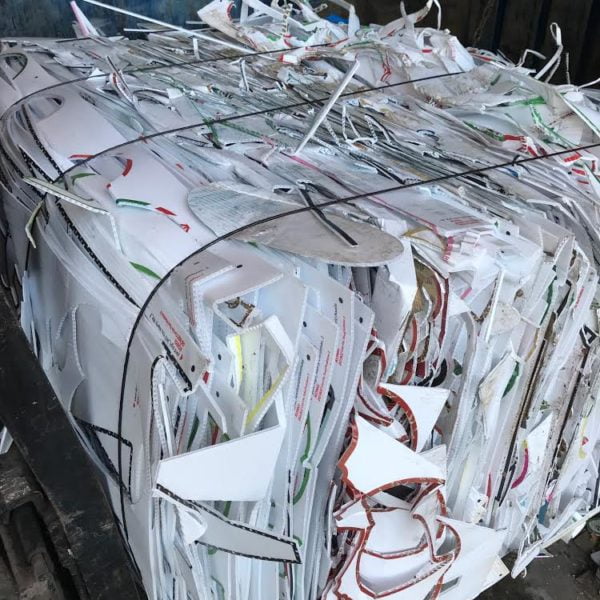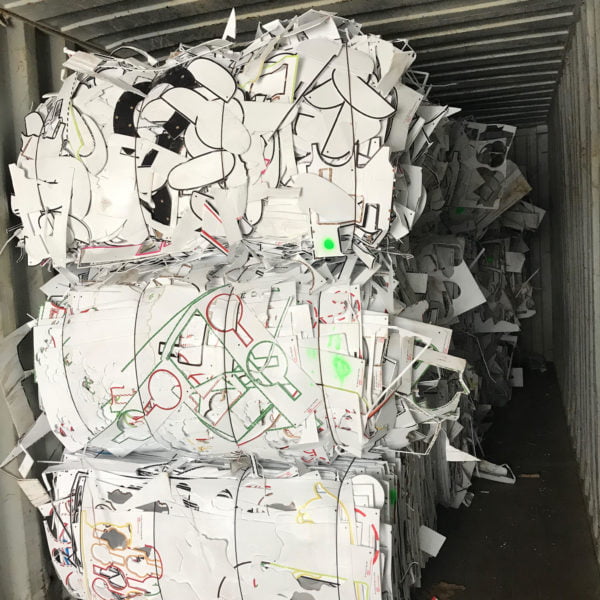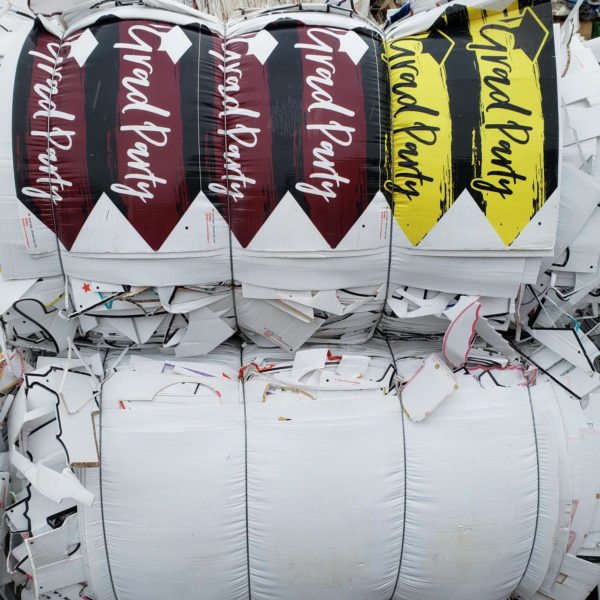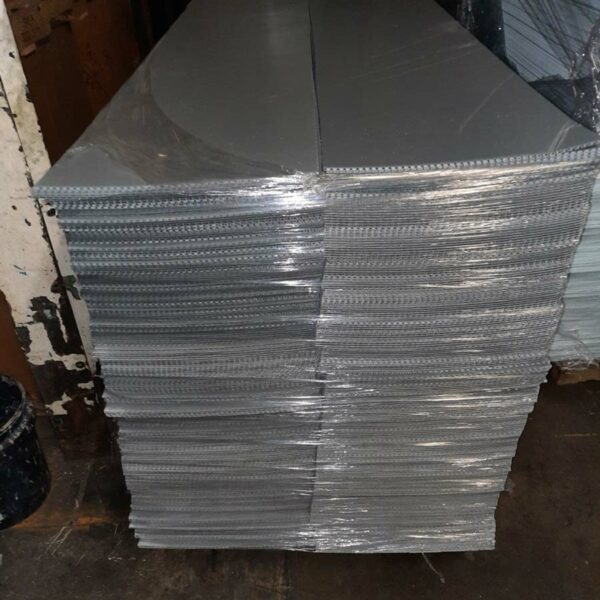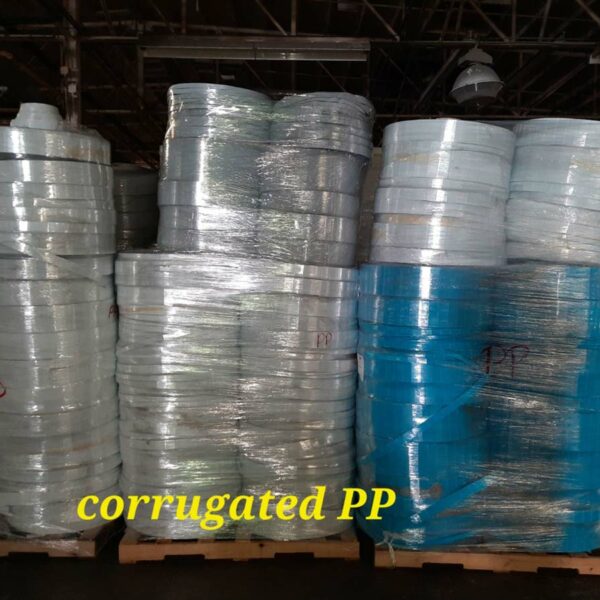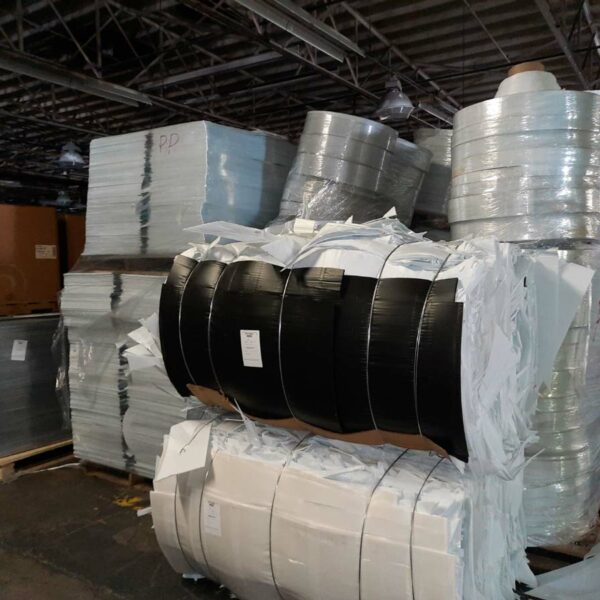What is corrugated plastic?
Corrugated plastic, also known as corrugated polypropylene or coroplast, is a type of plastic material that consists of twin-wall polypropylene sheets with a wavy or ribbed pattern. It is usually made of polypropylene (PP code 5) or polypropylene with polyethylene flecks. Corrugated plastic is strong and lightweight, making it ideal for packaging, construction and other industrial applications, as well as for material protection and insulation.
What is Coroplast?
It’s a brand of corrugated plastic, which is what we in the US mean when we say Coroplast.
Examples of corrugated plastic
Examples of corrugated plastic products and brands include:
- Packaging Materials: Corrugated plastic sheets and rolls are used to protect and package goods in a variety of industries.
- Cartons and crates: Corrugated cartons and crates are used to transport and store goods in both industrial and retail applications.
- Insulation materials: Corrugated plastic can be used to insulate and protect pipes, cables and other structures.
- Building materials: An example is corrugated polypropylene sheet, which is used for roofing and wall coverings.
- Food packaging: Some products are packaged in corrugated containers or liners for protection and improved presentation.
- Brands: Some well-known brands of corrugated plastic packaging include Coroplast, Cartonplast, Sonoco, Smurfit Kappa, DS Smith and others.
Сan you recycle corrugated plastic (Coroplast)?
Yes, corrugated plastic can be recycled.
Coroplast, also known as corrugated plastic, can be recycled through various methods:
- Mechanical Recycling: This is the most common method, where the corrugated plastic is collected, cleaned, and shredded into small flakes or pellets. These recycled materials can then be used to produce new corrugated plastic products or other plastic items.
- Chemical Recycling: Corrugated plastic can also undergo chemical processes to break it down into its constituent molecules. These molecules can be used as raw materials to create new plastics or other products.
- Upcycling: Instead of traditional recycling, corrugated plastic can be upcycled into new products without breaking it down completely. For example, used corrugated plastic sheets can be repurposed into various items like storage bins, signs, or reusable packaging.
- Composite Materials: Corrugated plastic can be used as a reinforcing component in composite materials, combining it with other materials to enhance their properties.
Recycling coroplast helps reduce waste and promotes sustainability in packaging, signage, and other applications where corrugated plastic is used. Proper collection and recycling of corrugated plastic are crucial to make the recycling process effective and environmentally friendly.
We buy corrugated plastic (Coroplast) scrap
PP Corrugated Sign Scrap and trim scrap can be recycled like any other type of Polypropylene. We pick up truckloads of baled PP Corrugated Sign Scrap for grinding and reprocessing into pellets that are sold back into the industry reinforcing a circular economy and creating green jobs.

